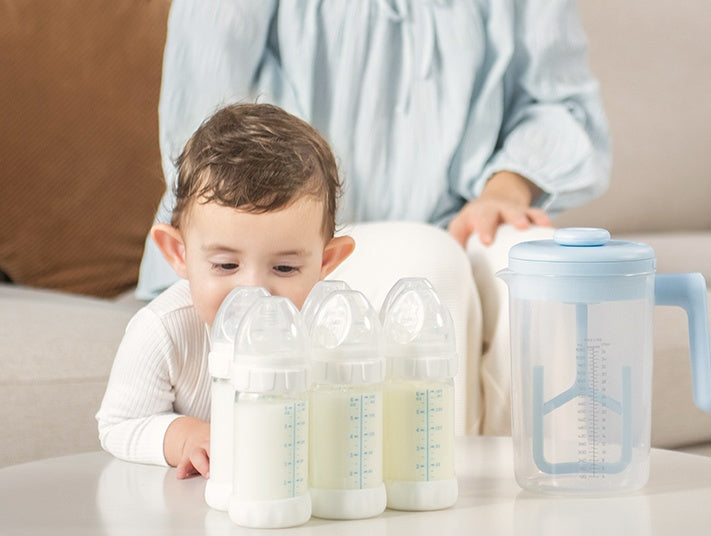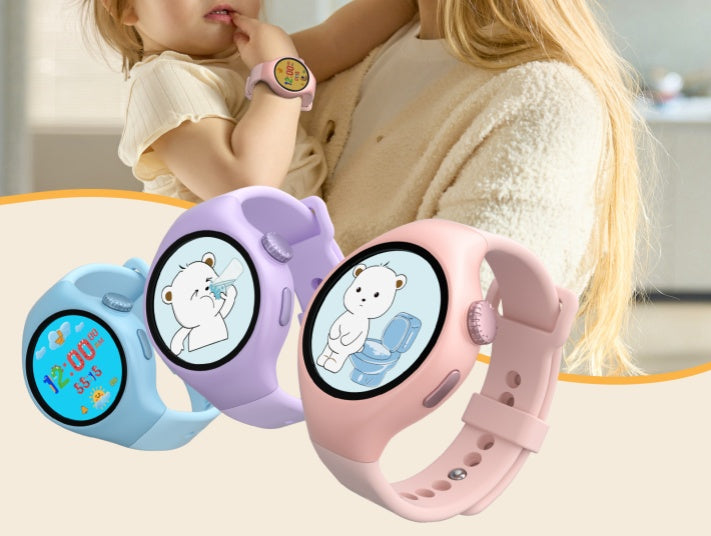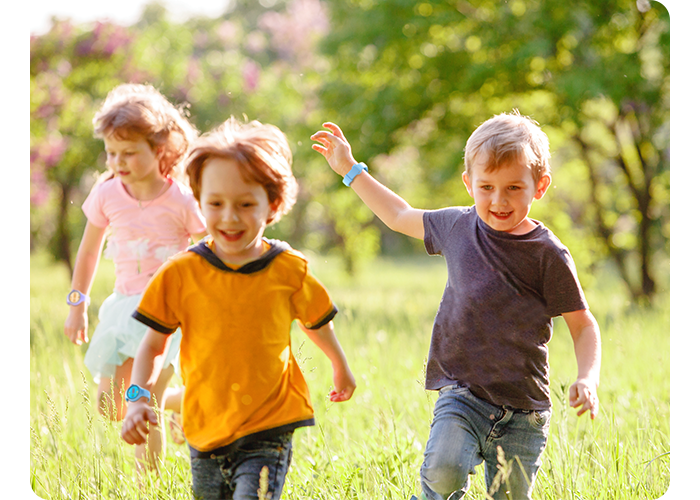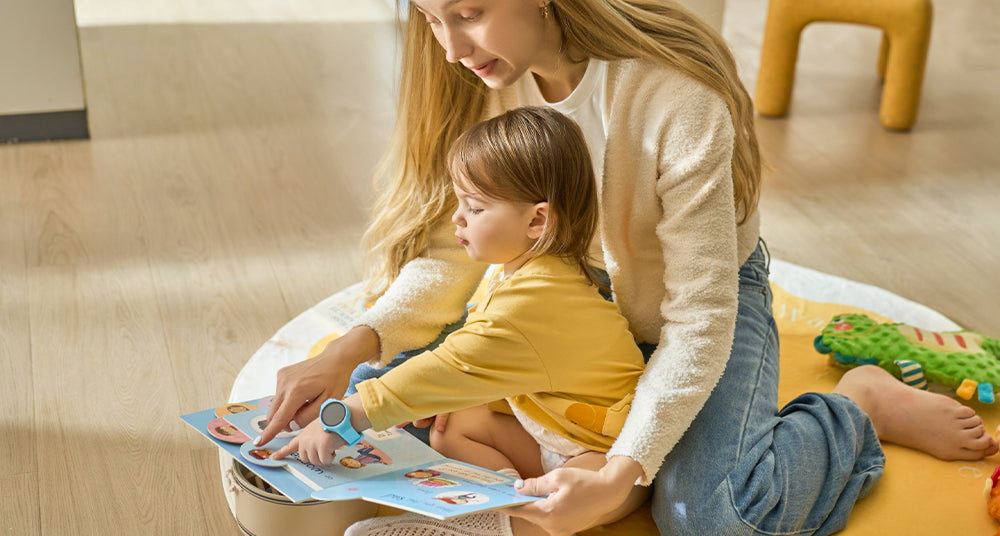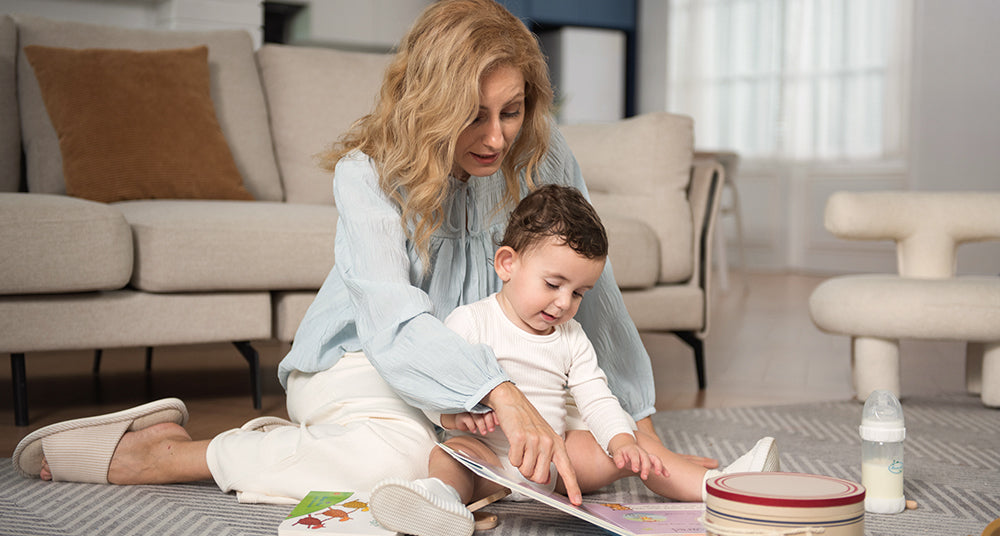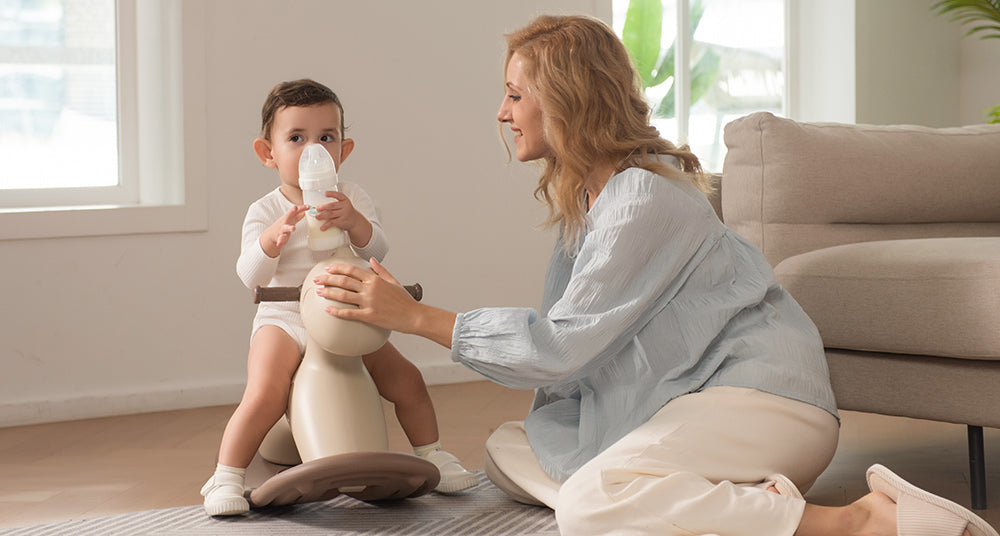

Helping Your Toddler Understand Feelings
Hello NehNehBaby Community!
Teaching your toddler about emotions is an important step in their development. Understanding and expressing feelings helps them navigate relationships and challenges. Here’s how you can start and set an example:
When to Start
Around 18 months to 2 years old, toddlers begin to recognize and express basic emotions like happiness, anger, and sadness. By age 3, they can start identifying these feelings with your guidance.
Simple Ways to Teach Feelings
- Label Emotions: Use phrases like, “You’re upset because your toy broke,” to help them connect words to feelings.
- Read Together: Choose books about emotions to spark discussions.
- Role-Play: Act out scenarios with toys to demonstrate empathy and problem-solving.
- Creative Outlets: Encourage them to draw how they feel.
Lead by Example
- Express Your Emotions: Talk about your feelings and show healthy ways to manage them.
- Stay Calm: During tantrums, model composure and help them process their frustration.
- Celebrate Empathy: Praise acts of kindness to encourage emotional growth.
Teaching feelings is a gradual process. Start small, be consistent, and enjoy the journey of helping your toddler build emotional awareness.
Warm regards,The NehNehBaby Team
1. Peek-a-Boo with a Twist
Peek-a-boo never fails to bring out giggles! Hide behind a blanket or your hands and pop out with an exaggerated “peek-a-boo!” You can add a funny voice or use a puppet for extra laughs. Another variation is hiding a favorite toy and letting your baby “find” it. This game helps develop object permanence—the understanding that objects continue to exist even when they can’t be seen.
2. Sensory Basket Exploration
Babies love exploring new textures and objects. Fill a basket with baby-safe items of various textures, shapes, and sizes, like soft fabric, a wooden spoon, a silicone teether, or crinkly paper. Let your baby touch, grab, and explore at their own pace. This enhances sensory development and fine motor skills while keeping your little one entertained.
3. Dance Party!
Turn on some music, and you’ve got an instant mood booster for both you and your baby. Hold your baby and sway, bounce, or twirl gently to the beat. Play fun songs or your favorite tunes to keep the energy up. Adding scarves or ribbons can make it even more engaging. Dancing helps with balance, rhythm, and bonding, while introducing your baby to the joy of music.
4. Baby-Safe Painting
Let your baby get creative with mess-free painting! Place a piece of paper with blobs of non-toxic paint into a sealed ziplock bag. Tape the bag to the floor or a highchair tray and let your baby squish, smear, and spread the paint around. Alternatively, use edible paints made from yogurt and food coloring for a sensory-safe version. This stimulates creativity, sensory exploration, and hand-eye coordination.
5. Mirror Time
Babies are fascinated by their own reflections. Sit your baby in front of a mirror and let them explore their reflection. Make silly faces, wave, or point to body parts and name them. Mirror play promotes self-recognition, social development, and early vocabulary skills.
6. Bubbles Bonanza
Bubbles are magical to babies and toddlers alike. Blow bubbles and encourage your baby to watch, reach, and pop them. Use a bubble machine for a constant stream of floating fun. Bubble play improves visual tracking, gross motor skills, and hand-eye coordination.
7. Tickle & Giggle Game
A playful tickle session is a surefire way to get your baby laughing. Gently tickle your baby’s belly, toes, or neck with your hands, a soft feather, or a plush toy. Pause between tickles and exaggerate your facial expressions to build anticipation. This activity strengthens your bond and encourages emotional and sensory development.
These funny and engaging activities are simple, inexpensive, and perfect for creating joyful moments with your baby. Not only will you both have fun, but these games also support your baby’s growth and development in meaningful ways.
We hope these ideas inspire you to create more special memories with your little one. Share your favorite baby activities with us in the comments or tag us on social media—we’d love to hear your stories!
Warm regards,
The NehNehBaby Team

